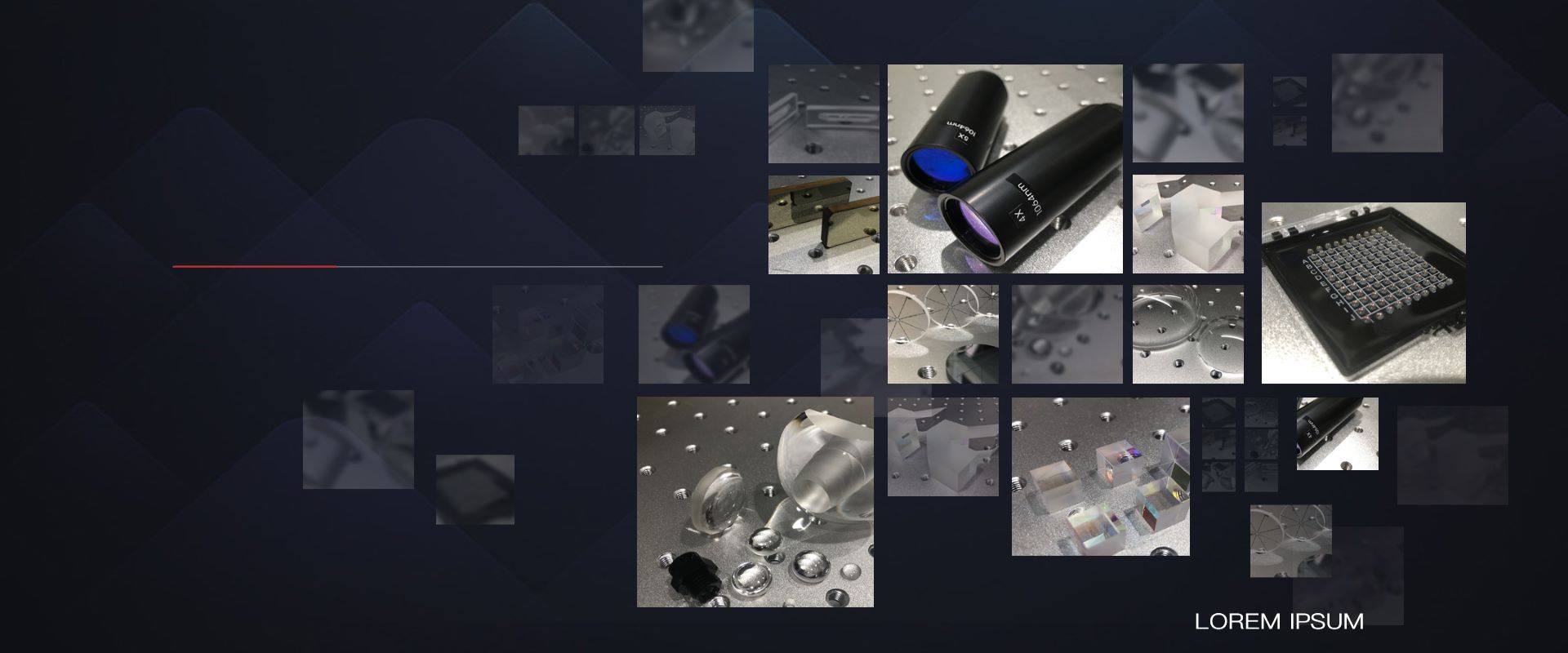Product Center
Product Center
-
Standard Round
In optics, winodw means a (usually at least mechanically flat, sometimes optically flat, depending on resolution requirements) piece of transparent (for a wavelength range of interest, not necessarily for visible light) optical material that allows light into an optical instrument. A window is usually parallel and is likely to be anti reflection coated, at least if it is designed for visible light. An optical window may be built into a piece of equipment (such as a vacuum chamber) to allow optical instruments to view inside that equipment.
-
AR Coated Windows
In optics, winodw means a (usually at least mechanically flat, sometimes optically flat, depending on resolution requirements) piece of transparent (for a wavelength
range of interest, not necessarily for visible light) optical material that allows light into an optical instrument. A window is usually parallel and is likely to be anti reflection coated, at least if it is designed for visible light. An optical window may be built into a piece of equipment (such as a vacuum chamber) to allow optical instruments to
view inside that equipment.
-
CaF2 Window
These general purpose plane windows are polished to 1/4 flatness except where indicated otherwise. They are intended for transmissive use and are parallel to
better than 3 arc minutes. Select a coating appropriate to your application or contact us with your special coating requirements.
-

Brewster Window
Brewster's angle (also known as the polarization angle) is an angle of incidence at which light with a particular polarization is perfectly transmitted through a transparent dielectric surface, with no reflection.
When unpolarized light is incident at this angle, the light that is reflected from the surface is therefore
perfectly polarized.
Brewster's angle is often referred to as the "polarizing angle", because light that reflects from a surface at
this angle is entirely polarized perpendicular to the incident plane ("s-polarized"). A glass plate or a stack of plates placed at Brewster's angle in a light beam can, thus, be used as a polarizer. The concept of a
polarizing angle can be extended to the concept of a Brewster wavenumber to cover planar interfaces
between two linear bianisotropic materials. In the case of reflection at Brewster's angle, the reflected and
refracted rays are mutually perpendicular.
Gas lasers typically use a window tilted at Brewster's angle to allow the beam to leave the laser tube. Since
the window reflects some s-polarized light but no p-polarized light, the round trip loss for the s polarization
is higher than that of the p polarization. This causes the laser's output to be p polarized due to competition
between the two modes.
